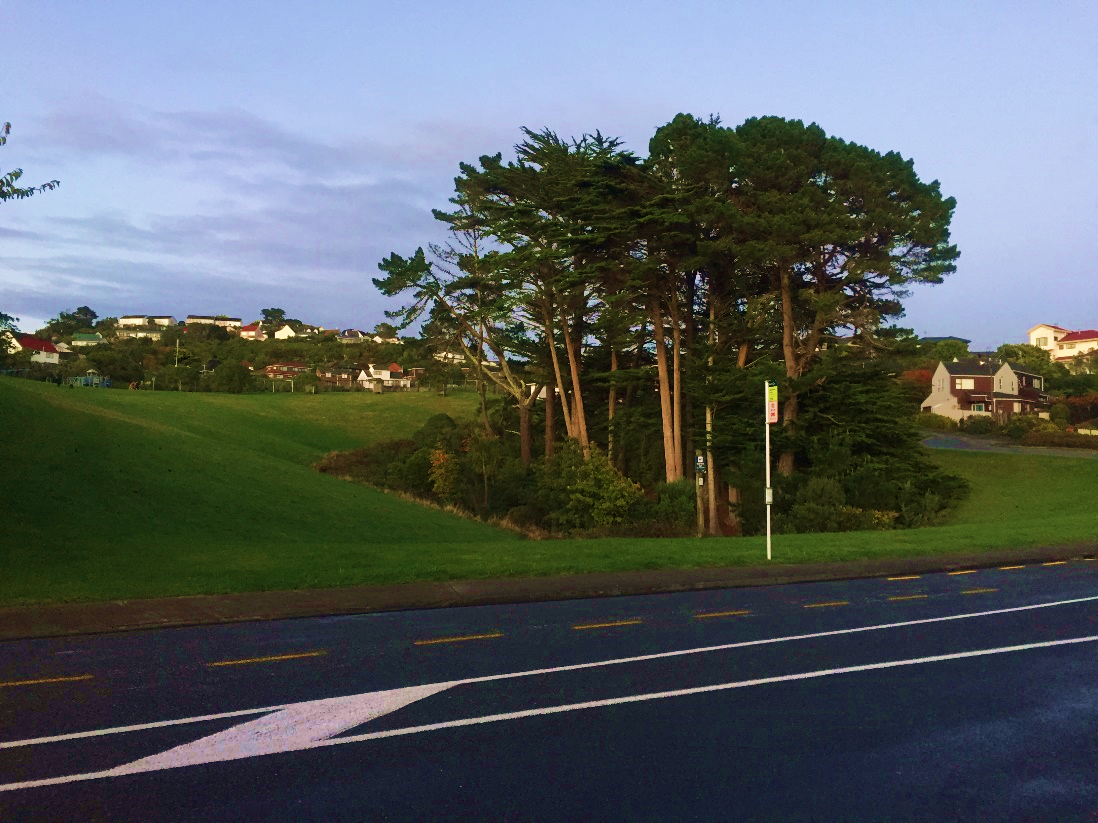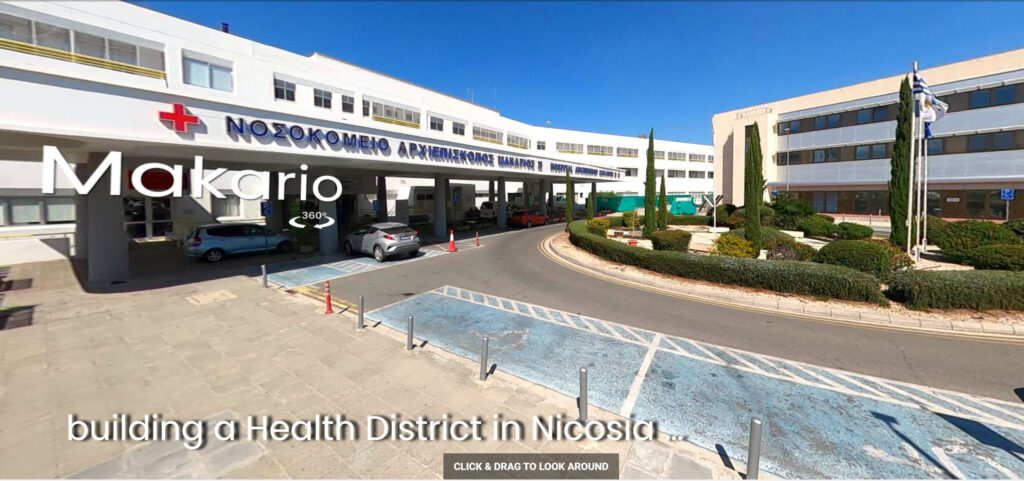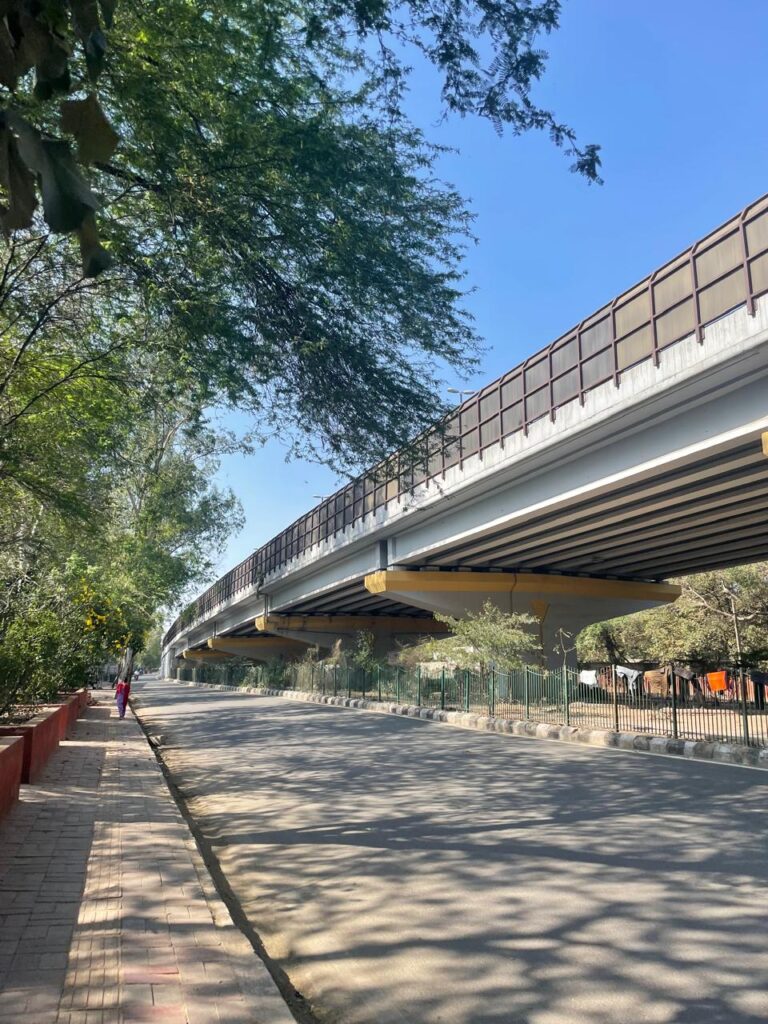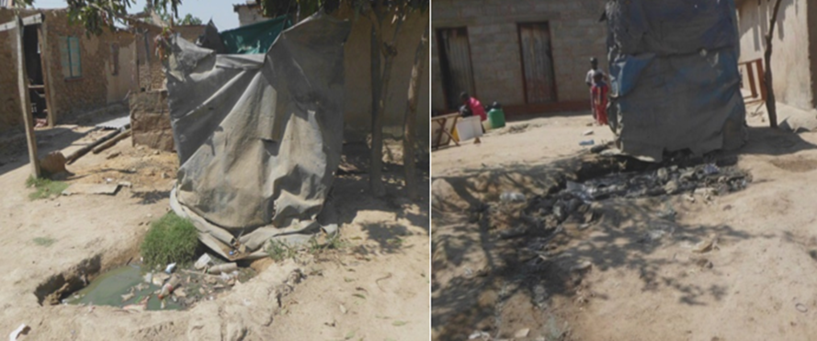City Know-hows

Implementing community participation in the planning of public open spaces is one of the most useful and effective means to encourage a higher sense of community.
Share
Target audience
Landscape architects, designers and planners focusing on communities which have different ethnic groups
The problem
The influence of migration, globalisation, and cultural diversity in the context of Aotearoa New Zealand are presenting challenges for the creation of public open spaces, as well as the level of sense of community. Exploring whether people from different ethnic groups can be fully integrated into the participatory planning processes is critical. However, there are insufficient studies about the relationship between public open spaces and sense of community towards whether or not participation with ethnicity.
What we did and why
Through a quantitative approach of online survey, we utilise the Sense of Community Index as a framework for assessing the extent to which participatory planning nurtures a sense of community among the diverse ethnic groups. By investigating this aspect, we aim to understand whether community engagement can contribute to the creation of culturally diverse environment. The findings provide insights for promoting inclusivity in public open spaces while addressing the challenges posed by migration and globalisation.
Our study’s contribution
Our research suggests that community participation in the planning processes offer valuable opportunities for fostering a higher sense of community, and creating inclusive spaces that celebrate cultural diversity in Aotearoa New Zealand. The research findings provide statistical evidence on the sense of community in relation to ethnicity and have indicated that the people who took part in the community participatory planning process all have a higher sense of community than those who did not.
Impacts for city policy and practice
Our research contributes to a deeper understanding of the intersection between public open space planning, community participation, and cultural diversity. By engaging in, communities can contribute to the design and development of public open spaces that reflect their cultural values and aspirations, reinforcing sense of community. The future study is needed to explore and discover a series of community participation processes in relation to the targeting ethnic groups that could potentially be applied into practice.
Further information
Full research article:
Encouraging sense of community in Aotearoa New Zealand: exploring the role of community participation in public open space planning by Yiwen Cui, Morten Gjerde and Bruno Marques
Related posts

On this webpage, follow the Bötzowviertel case, a neighborhood streetscape analysis with pedestrian solutions.

Evaluating urban environments is crucial for enhancing mental well-being. Identifying key indicators and developing a robust framework are essential steps in effectively measuring the impact. This method is fundamental for designing targeted strategies to improve mental health outcomes through informed interventions.

People living in informal settlements endure the disproportionate burden of health vulnerabilities due to poor living conditions, overcrowding and infrastructural neglect. I examine how social, economic, political and environmental forces converge to amplify health disparities in Harare’s informal settlements.